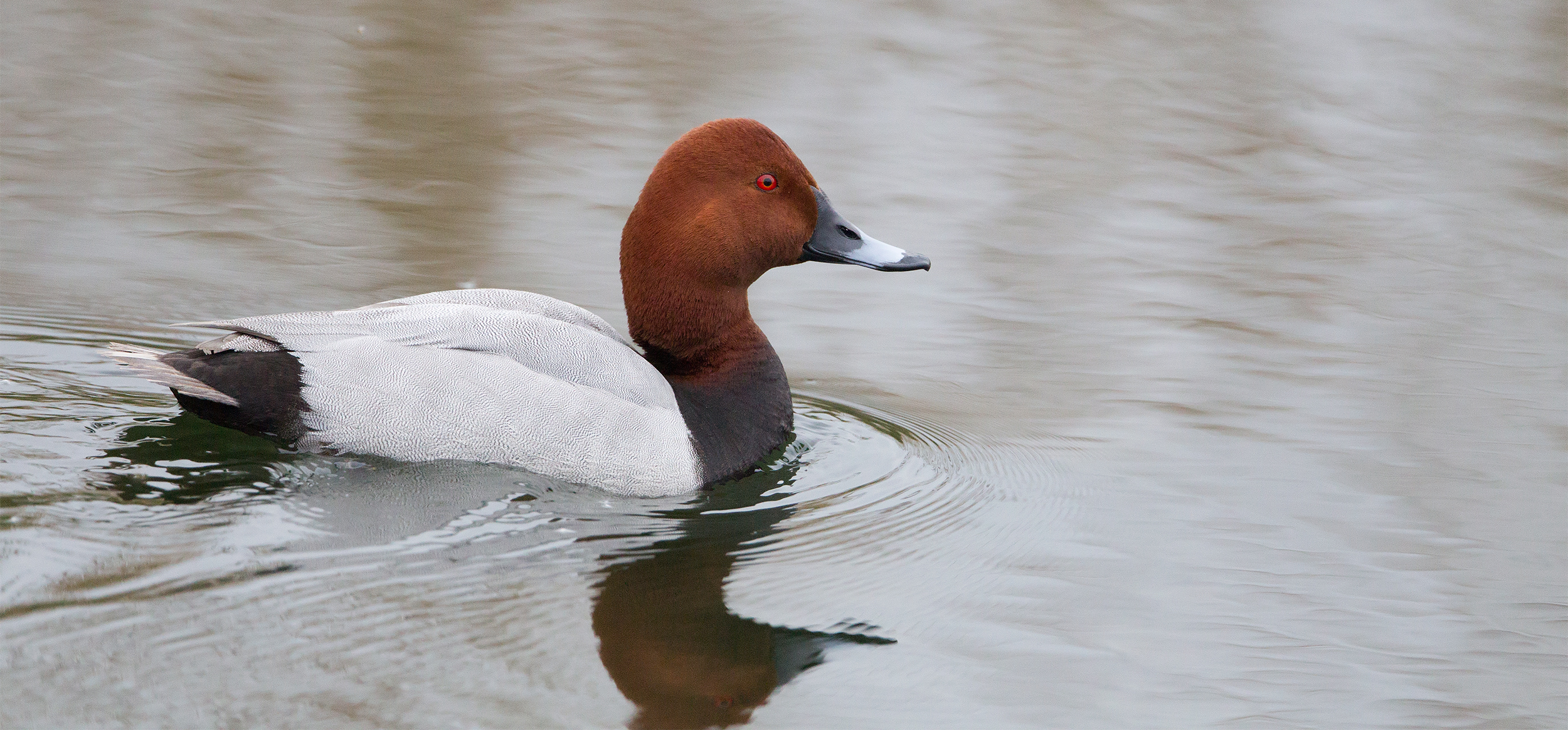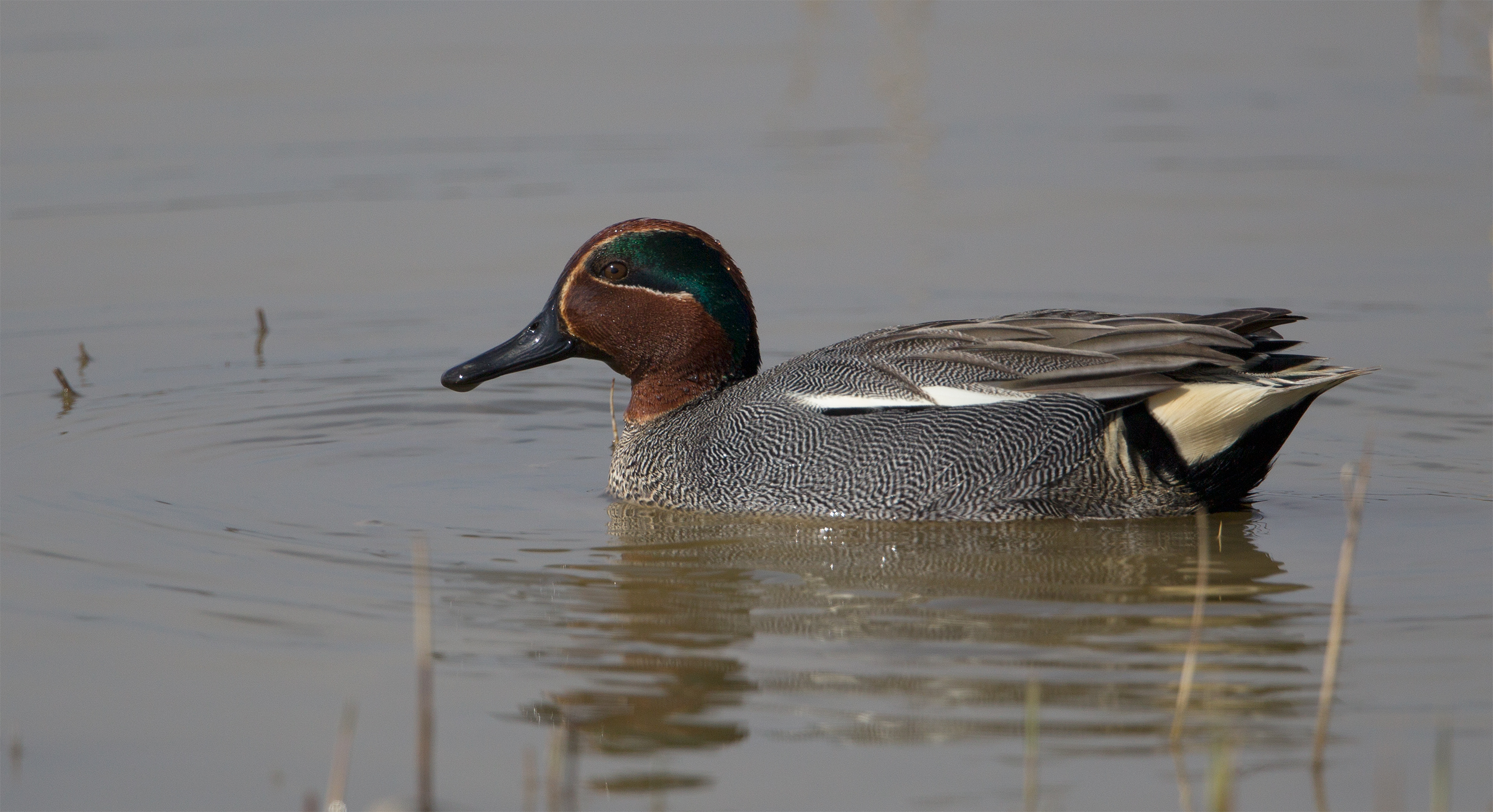The wetland resource of the Colne Valley: a re-assessment of its importance to nature conservation, with special reference to waterbirds.
A survey was commissioned in 2023 funded by the National Lottery Heritage Fund. This survey looked at the water bird populations to compare them to a survey done in 2008. Work was undertaken by Graham White on behalf of Herts and Middlesex Wildlife Trust and commissioned by the Colne Valley Park.
An assessment was done of the lakes from Rickmansworth to Uxbridge in 2008, to try to understand better the role that individual water bodies play in the Colne Valley, particularly focussing on wetland birds. The study was funded by the Environment Agency, Herts & Middlesex Wildlife Trust was the delivery agent. This was a huge piece of work that identified the Colne Valley as an important place for water bodies, of which Stocker’s Lake and Broadwater Lake are the most important. The study looked into the lowering of water levels and what effect this would have. It also judged each water body on its own merits for nature or leisure or jointly. This has been used as a reference document on the ecology of the Colne Valley over the last fifteen years.
Given the huge changes and pressure on the Colne Valley since 2008, Herts and Middlesex Wildlife Trust and the Colne Valley Regional Park were delighted to secure funding to repeat the survey to understand the impacts of the changes. Graham White was able to repeat the 2008 assessment, with a few extra water bodies added. Graham started dedicated counts in September 2022 and also reviewed Wetland Bird Survey (WeBS) data for all the water bodies. The headlines revealed that Broadwater Lake remains the key refuge, Stocker’s Lake second. Shoveler and Pochard exceed the level of national significance, 230 of 335 Shoveler in the Colne Valley were using Broadwater Lake over the winter of 2022-23.
The report also assessed if issues such as habitat change, disturbance, or changing water levels have affected waterbird communities and numbers and made recommendations for future habitat management of the waterbodies.
You can read the report here: Assessment of the Wetland Resource of the Colne Valley, with special reference to Water Birds, Graham White 2023
Pochard (c) Tim Hill
Teal (c) Tim Hill
Anecdotally we know the 200 km of rivers, over 70 lakes and associated wetland habitats in the Colne Valley Regional Park is full of wildlife.
This report proves that the lakes of the Northern half of the Colne Valley Regional Park are nationally important for water birds. We need funding for more studies, so we can continue to work with the four wildlife trusts that cover parts of the regional park to prove the importance of the Park for wildlife. Only by having categoric proof will we be able to make the case to government and Natural England for more of the Colne Valley to be protected.
Birds roost on Broadwater lake where they moult and are therefore particularly vulnerable. That to me, particularly illustrates what a precious refuge and vital place it is to leave undisturbed.
We are now supporting landholders and managers to implement the recommendations in the report. Further funding for habitat management is needed to ensure that the Colne Valley continues to support nationally significant populations of water birds. Key to this remains the need to protect the key refuges of Broadwater Lake and Stockers Lake identified in the report.





